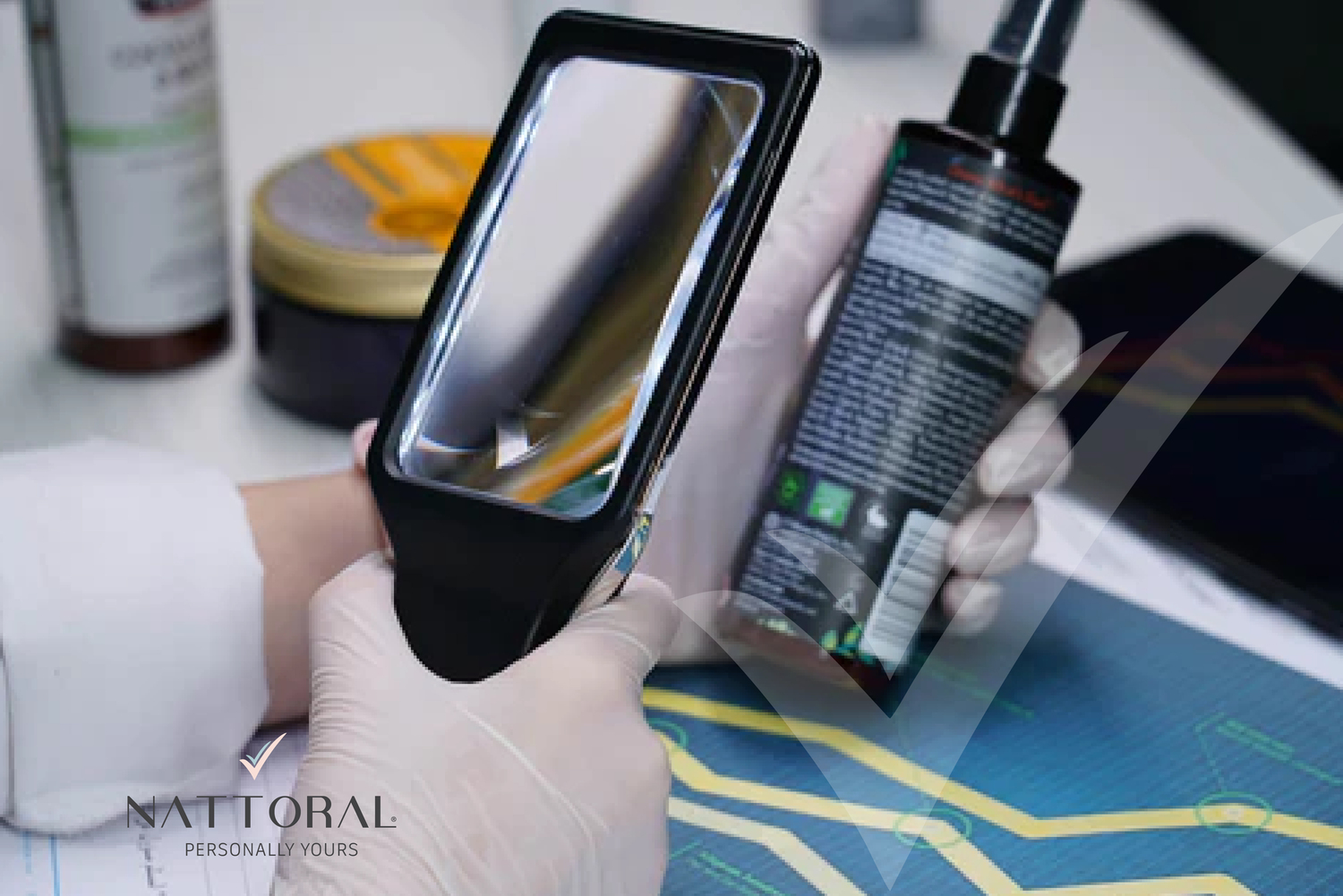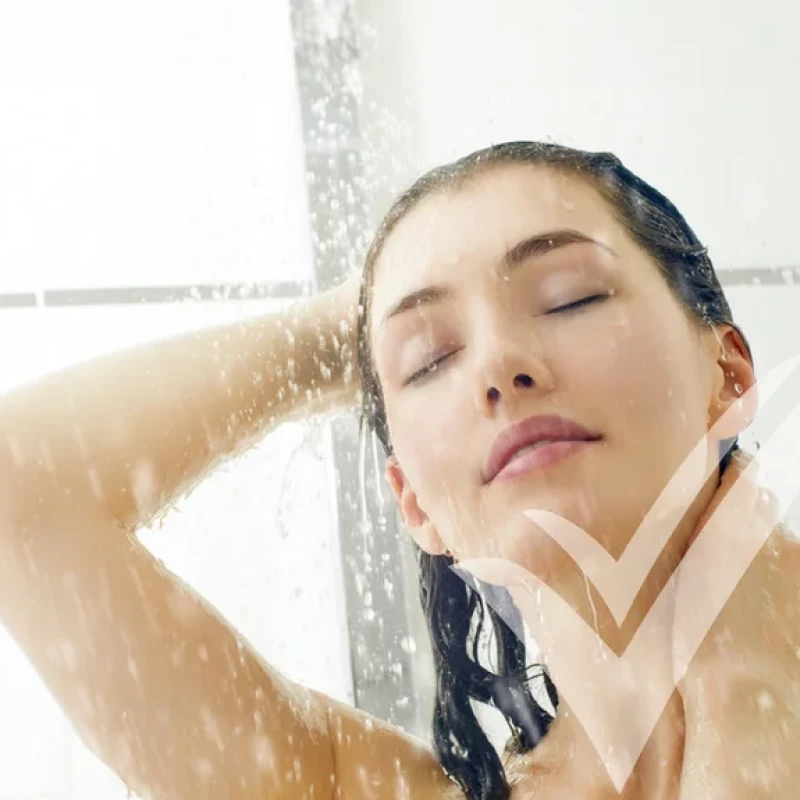Cosmetic Ingredient List
Whether you’re purchasing a drugstore sunscreen or a $100 anti-aging creamfrom a high-end brand, the first thing you need to look at is the ingredient list. Understanding an ingredient list is not an easy task. It's actually quite difficult to identify which ingredients are good for your skin and which ones aren’t. To help you out, we have prepared this article that can help you become cosmetic-ingredient savvy!
Why do You Need to Understand the Ingredient List?
Understanding the ingredient list will prevent you from buying and using the wrong product. For instance, several makeup and skincare productsin the market may contain essential oils, sulfates, parabens (FDA, 2020), preservatives, and other ingredients that can lead to irritation and skin damage. This is especially true for people who have sensitive skin. Secondly, understanding the ingredient list will allow you to check if your skin is allergic to any specific ingredient. Overall, there are 26 potential allergens including benzyl alcohol, citral, limonene, linalool. Usually, companies do mark ingredients that are essential oils or allergens with an asterisk.
Where to Find the Complete Ingredient List?
Every makeup or skincare productshould have the complete ingredient list printed on the packaging. If the list is not printed on the jar or the tube, the ingredients might be mentioned on the outer box. Make sure to check for “accordion-style” or peel-back stickers which are commonly used for skincare and makeup products that come in small packaging. Nevertheless, the ingredient list should be printed in a place where you can easily locate it. You shouldn’t have to go online or elsewhere to search for the information.
How is the Ingredient List Organized? 
In the makeup and skincare industry, the ingredients are always listed in order of concentration. This means that the ingredients follow an order from the highest percentage of concentration to the lowest percentage. In most cases, the first six ingredients in the list constitute the majority of the product. For instance: Aqua 90%, Glycerin 8%, Retinol 1%, Ceramide NP 0.1%, Phenoxyethanol 0.9%. If a label claims that the product is made with natural ingredients, you could simply scan the ingredient list to determine if it’s true or not. For instance, if the natural ingredients being marketed are mentioned towards the bottom of the list, they are minimally present in the product.
Note – Ingredients that are present in concentrations of less than 1% can be written in any order as long as they’re listed after the ingredients whose concentrations are more than 1%.
How to Distinguish Between Natural and Synthetic Ingredients?
In the makeup and skincare industry, the definition of a natural ingredient is of a plant derivative that maintains its natural structure without any chemical modifications. Such ingredients are easy to identify because they are mentioned with their Latin counterparts which are always two words.The common name of these ingredients is mentioned in brackets. For instance, Rosmarinus officinalis (rosemary) oil is a rosemary essential oil. Similarly, Helianthus Annuus (sunflower) seed oil is basically sunflower oil.
Ingredients You Should Look For
•Now that you know how to read the cosmetic ingredient list, here are some of the ingredients you should watch out for.
•If you have oily skin, you need to ensure that the product you choose doesn’t contain any comedogenic ingredients such as Acetylated Lanolin Alcohol, Beeswax, Almond oil, etc. Thankfully, you won’t have to spend a lot of time on this as brands usually label their products as mon-comedogenic if they don’t comprise any comedogenic ingredients.
•If you have sensitive skin, you need to check the ingredient list to ensure that it doesn’t contain any allergic ingredients. Some ingredients you need to avoid if you have sensitive skin include Fragrance, Essential oils, Sodium Lauryl Sulphates, harsh exfoliants, and alcohol.
•Lastly, if you have dry skin, you need to ensure that the products you pick are replete with hydrating ingredients such ashyaluronic acid, ceramides, fatty acids, and peptides. Similarly, the ingredients you should avoid if you have dry skin include fragrance, salicylic acid, glycolic acid, parabens, and fragrances.
Last Few Words
It’s a reality that reading and understanding a product’s ingredient list takes plenty of time, knowledge, resources, and practice. But once you master this art, you can become a pro at picking out the best products for your skin!
Reference
-Center for Food Safety and Applied Nutrition. “Parabens in Cosmetics.” U.S. Food and Drug Administration, FDA, www.fda.gov/cosmetics/cosmetic-ingredients/parabens-cosmetics.


